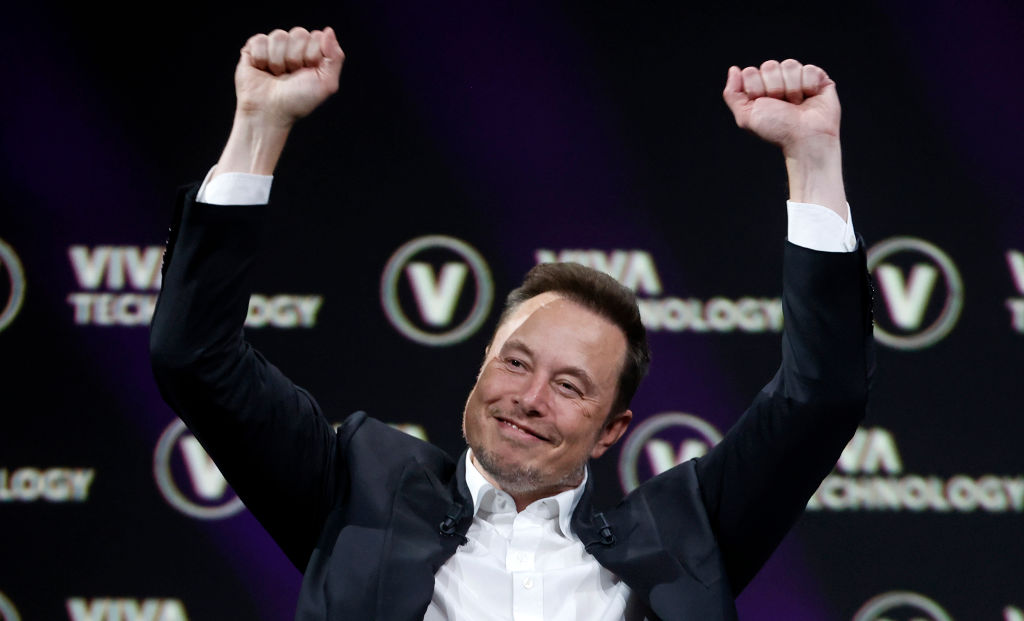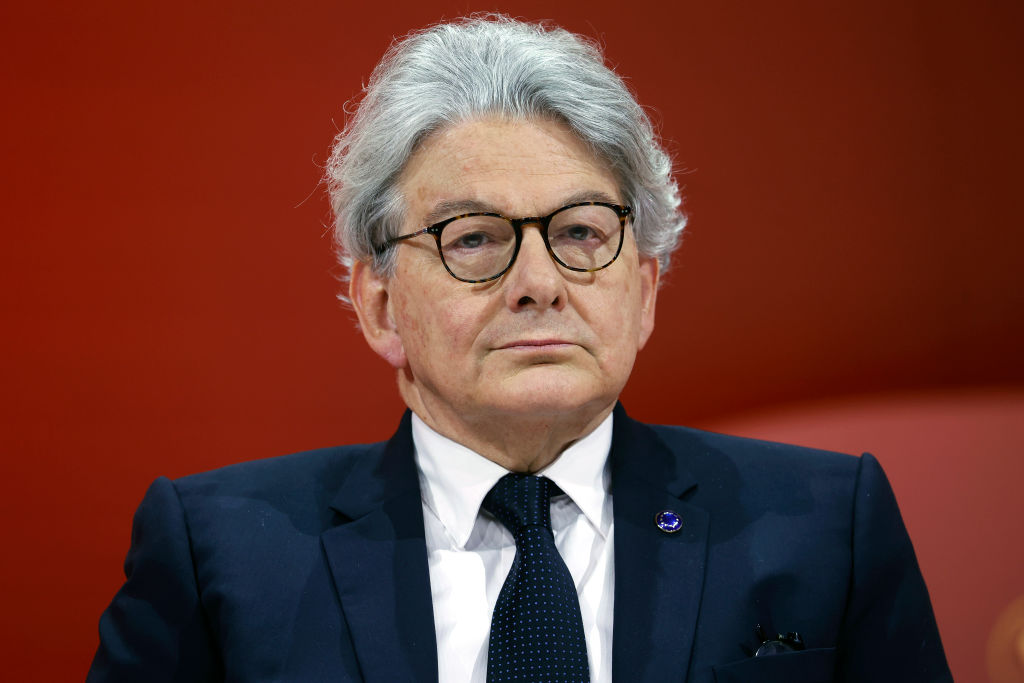The European Union-backed European Space Agency (ESA) has launched its final Vega rocket as competition in the aerospace sector hots up.
The launch came amid ongoing difficulties with its successor Vega-C vehicle, with questions also remaining over the efficacy of the ESA’s larger Ariane 6 “expendable launch system”.
The Ariane 6 system is powered by its main engine, a Vulcain 2.1, and two disposable boosters. These boosters fall away, as does the first stage, and then the upper stage’s Vinci engine pushes it into an elliptical orbit above Earth.
According to an ESA press release, the Vega system’s final mission was a success, with the rocket putting the EU’s third Copernicus Sentinel-2 satellite into orbit on September 5.
Successful launch of #Copernicus Sentinel 2C today from Kourou on a Vega rocket! ???
This will improve sovereign optical data from our planet — benefiting for instance agriculture or fishery.#EarthObservation is also key for natural disaster response support.#EUSpace #VV24 pic.twitter.com/ocsUEx3ABu
— Thierry Breton (@ThierryBreton) September 5, 2024
“This will improve sovereign optical data from our planet — benefiting for instance agriculture or fishery,” European Commission internal market tsar Thierry Breton wrote online, celebrating the successful launch from French Guiana.
The rocket is now set to be replaced with the Vega-C system. First deployed in July 2022, the project was shelved only a few months later after a failure in its second stage resulted in the loss of its mission payload of two Airbus imaging satellites.
Vega-C’s first mission upon its return is now scheduled to take place sometime in the fourth quarter this year, with a set date yet to be announced.
Europe’s new Ariane 6 satellite launcher will stage a long-awaited inaugural flight on July 9, the head of the European Space Agency said at the Berlin Airshow on Wednesday. https://t.co/8fr8bPXuLY
— Brussels Signal (@brusselssignal) June 5, 2024
The original Vega rocket is being retired amid questions about the viability of the EU’s space strategy.
While the Ariane 6 platform has now entered service, having its first successful launch earlier in 2024 after years of delays, critics have warned that the system is already obsolete compared to other offerings.
The rocket’s single-use design is under particular scrutiny, with the decision not to make it reusable leaving it a more costly alternative to SpaceX’s Falcon 9.
SpaceX also has higher capacity than the EU-backed space agency, with Elon Musk’s firm hoping to have almost 150 launches this year compared to fewer than a dozen on the part of the ESA.
Despite its failings, some have insisted that the Ariane 6 offers companies that wish to launch satellites a “greener” alternative to SpaceX, with the EU rocket using hydrogen instead of kerosene as its fuel.
The @ESA is set on taking Europe's story forward in a way that inspires and brings people along with it; the European Commission, Parliament, and Council appear less so, writes @jrfjeffrey.@RupertSheldrake | @AschbacherJosef | @ESA_History | @ESA_Euclid https://t.co/eYhrrcOdX8
— Brussels Signal (@brusselssignal) July 29, 2023





